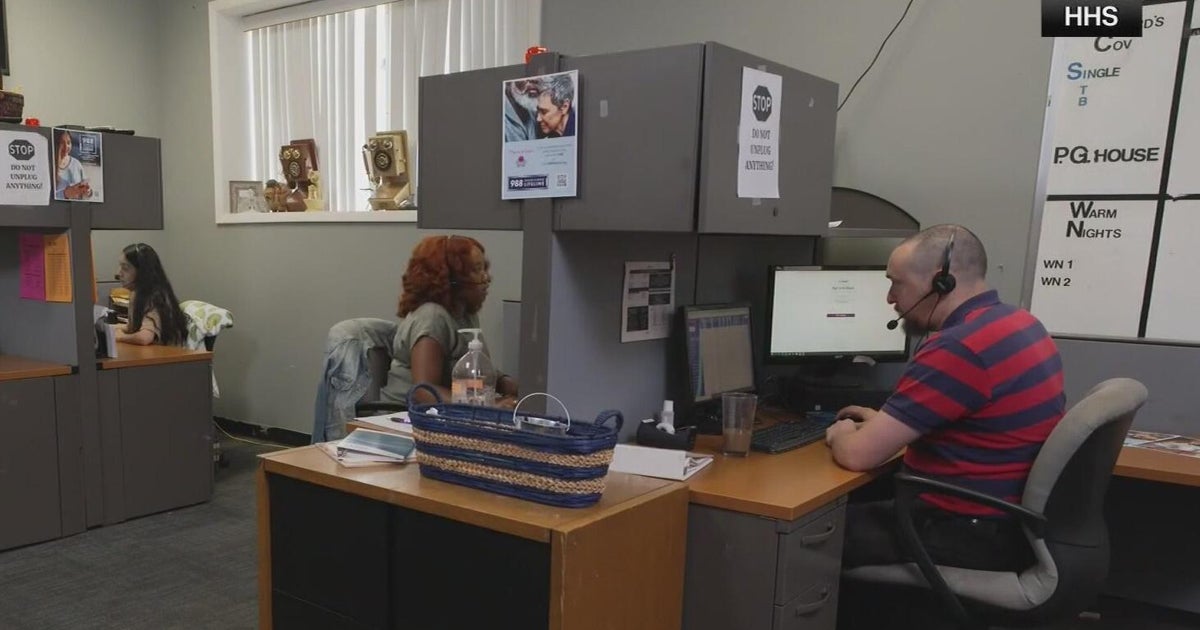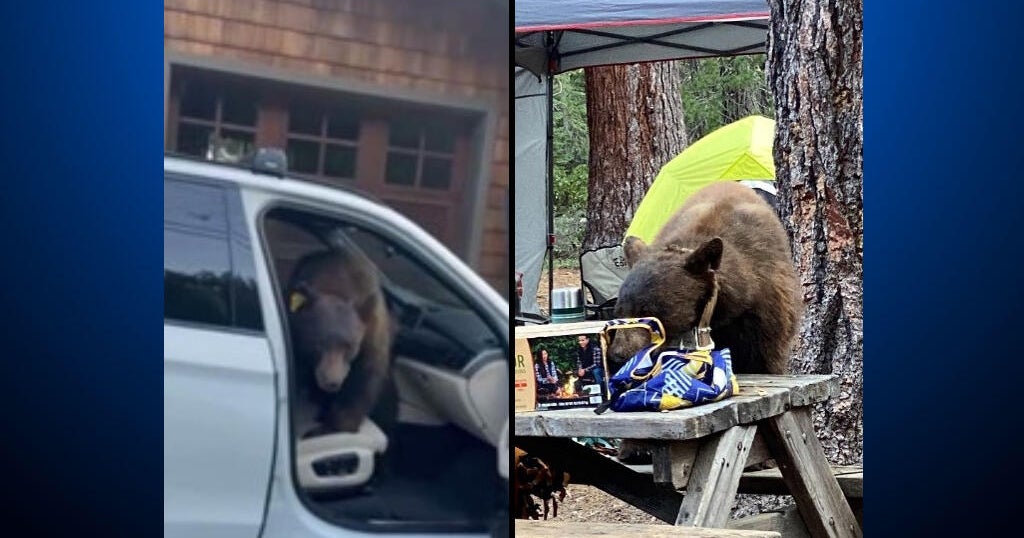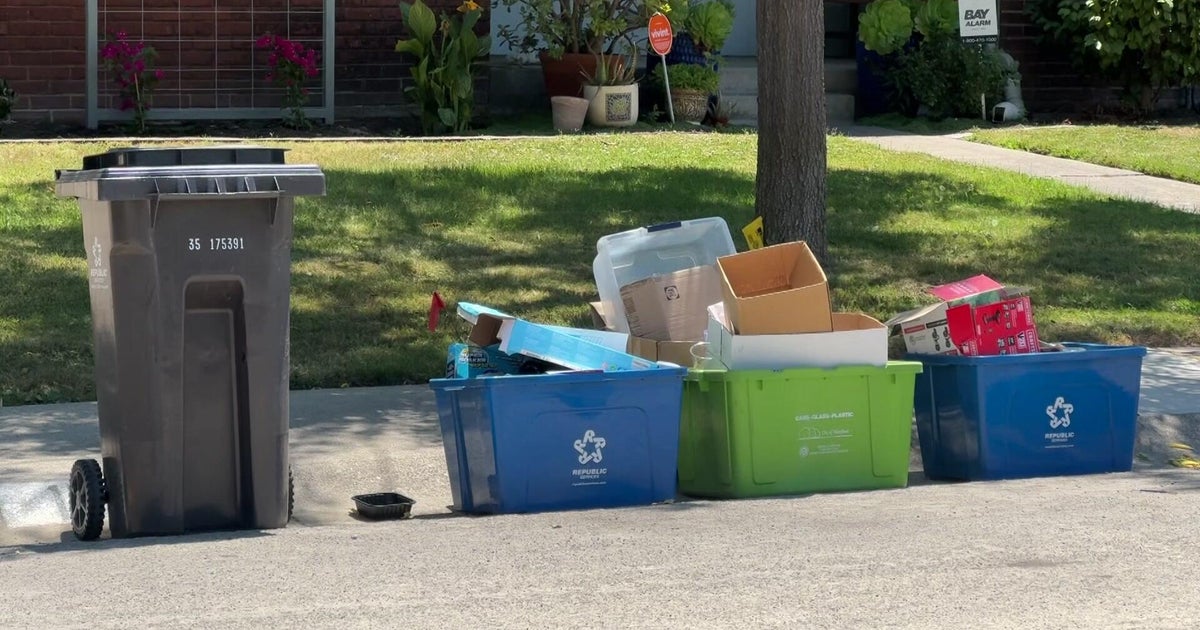Newsom Touts COVID-19 Support Provided To School Districts As Fall Semester Begins
SACRAMENTO (CBS SF) -- Gov. Gavin Newsom on Friday outlined the progress California has made in recent months to prepare school districts for the start of the fall semester amid the COVID-19 pandemic.
In his midday speech, Newsom detailed how the state has helped districts with the early start of the school year by providing technological and financial support for distance learning. The state expects that at least 90 percent of public schools to implement distance learning protocols through the fall semester as the COVID-19 pandemic continues.
Newsom opened his speech by noting the importance of a safety-first approach and "a robust distance learning plan" to cover the period before teachers and students are able to return to classrooms.
"Our default, long term, is in-person instruction. The social-emotional benefits of in-person instruction are self-evident. The need to develop relationships, develop connections, to be inspired by teachers, that magical moment that changes the trajectory of one's life, it is sub-optimal to have that experience virtually," Newsom said.
The governor said that over recent months the state provided a healthy supply of personal protective equipment to schools, distributing over 18 million masks and face shields, more than 58,000 no-touch thermometers and 1.5 million gallons of hand sanitizer to schools across the state at no cost to school districts. He also acknowledged that those supplies would not be enough.
"Based on current analysis, we estimate over 90 percent of students -- you can argue it's closer to 95 or 97 percent of students -- are likely to start the school year with distance learning," Newsom said. "That's what we're preparing for, that's what we're disproportionately focused on. We are preparing a large strategy, recognizing there are a lot of gaps and inequities that need to be addressed."
The abrupt closure of schools in the spring left many districts scrambling to provide for those students who didn't have computers or WiFi to be able to participate in distance learning. Newsom said that since then, the state made solid progress in providing technology to those in need.
The governor also outlined some of the new state requirements for distance learning, noting that districts had to provide access to devices and connectivity to all students. Additionally, teachers need to have daily live interaction with students and provide assignments equivalent to those given during in-person classes.
"Like I said, distance learning is sub-optimal. We don't want to just people to take their lectures and video tape them and provide them online," said Newsom. "This has to be a much more interactive process where we want to bring our students into the screen so they're truly engaged. We want a more dynamic engagement to the extent possible. We want more specialized learning, especially for those with special needs. We want challenging assignments. We don't just want people to dial it in. And we want to recognize the diversity of this state."
As part of the strategy, over recent months the state provided 73,000 laptops and tablets to school districts statewide as well as establishing 100,000 WiFi hotspots. The California Public Utilities Commission (CPUC) provided an additional 87,000 hotspots.
Newsom said that California drew heavily on CARES Act funds to provide for school, but also secured an additional $5.3 billion to support education during COVID-19.
The governor noted that 81 percent of the funds prioritize help for low-income students, foster youth, students with disabilities, homeless students and English-language learners.
Newsom and State Superintendent of Public Instruction Tony Thurmond also talked about how the state had secured additional technology thanks to partnerships with, Apple, T-Mobile, Office Depot, Staples and other companies that set aside hundreds of thousands of devices for schools.
"Schools have opened in some districts, and many are poised to open in just a few days. In many cases, the resources are there, and in some cases, we're still scrambling to get resources together. But we're all leaning in because we recognize that we can do more together," said Thurmond. "The issue of devices, as the governor pointed out, is critical. We prefer to be in an environment where students have devices and connectivity. We've worked with Apple and T-Mobile to connect them directly to districts that are still looking for devices."
Newsom also announced that he had signed an executive order on Friday that would further prioritize the state's action to continue bridging the digital divide.
"There's no reason the state of California shouldn't lead the nation in this space," Newsom said.
The order directs state agencies to pursue a goal of 100 Mbps download speed for all connections, outlines actions to accelerate mapping, data collection, funding, deployment and adoption of new policies to expand on connectivity and also requests that the Broadband Council create a new State Broadband Action.



